Unlock Your Dog's Hidden Potential: Fun Ways to Build Focus and Alertness
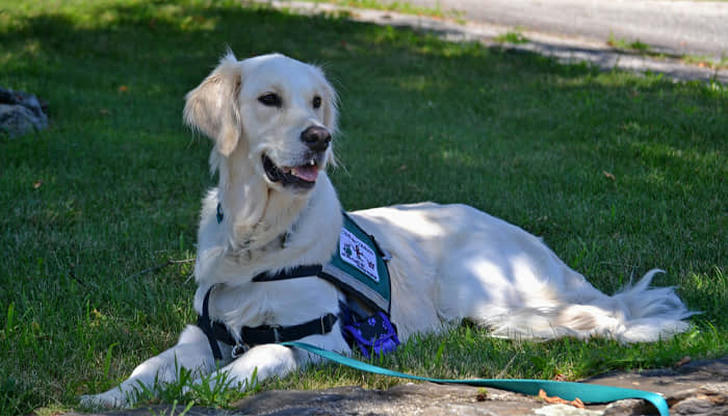
If you've ever watched your pup suddenly perk up at the jingle of their leash or a squirrel darting across the yard, you know how natural alertness is for dogs. The challenge for many American pet parents isn't getting their dogs to be alert---it's teaching them how to channel that energy in a healthy, controlled way. Whether you're dreaming about agility trials, dabbling in racing sports like lure coursing, or just wanting a pup who listens with focus, training for alertness can be both fun and rewarding.
From online forums to neighborhood dog parks, owners share countless stories: dogs who space out halfway through a walk, pups who get distracted by every sound, or high-energy breeds who are sharp but can't seem to stay on task. The good news? With the right approach, you can help your dog turn that natural spark into steady, directed attention.
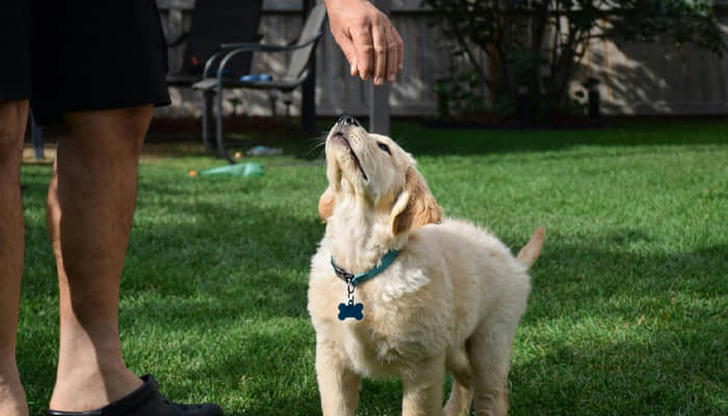
Why Train Alertness?
Training a dog to "peep"---to stay sharp, tuned in, and responsive---isn't just for competitive sports. It has everyday benefits too:
- Better communication: Your dog learns to check in with you instead of getting lost in distractions
- Safety: A focused dog is less likely to dart into the street or ignore a recall
- Confidence: Structured training helps nervous dogs feel secure in new situations
- Bonding: It's not just about commands---it's about building trust and teamwork
And for the sporty crowd? Alert training is the foundation for racing, agility, obedience competitions, and even scent work.
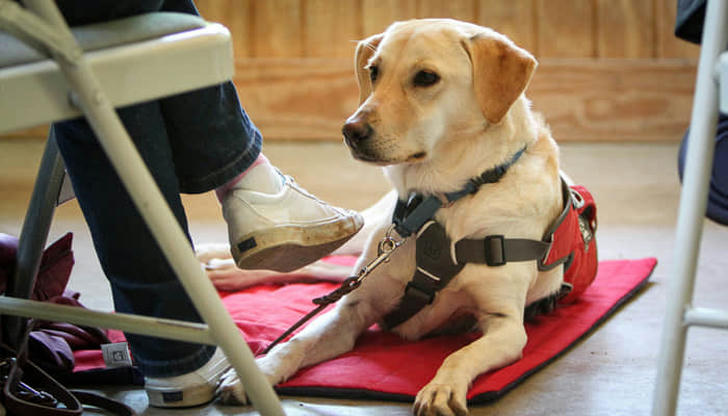
Step-by-Step: How to Build Alertness in Dogs
1. Start With "Name Recognition"
Pet parents often underestimate this step, but it's essential. Your dog's name should be the ultimate attention-getter.
How to train it: Say your dog's name in a cheerful tone. The moment they look at you, reward with a small treat or verbal praise.
Pro tip from fellow owners: Keep sessions short and playful. Over time, your dog will snap to attention whenever they hear their name, no matter what else is going on.
2. Use "Check-Ins" on Walks
One of the best real-life training grounds is your daily walk. Instead of letting your dog pull ahead, teach them to naturally check back with you.
- Every time your pup glances back or slows near your side, reward
- Use a verbal cue like "with me" to reinforce the behavior
Owners often share that this simple trick reduced leash pulling and made walks feel more like teamwork instead of tug-of-war.
3. Introduce Focus Games
Alertness doesn't mean stiffness---it should feel like a game. Many American trainers recommend short focus exercises indoors before bringing them into more distracting environments.
- "Watch Me" Game: Hold a treat near your face. When your dog makes eye contact, reward. Extend the time gradually
- Toy Switch: Show two toys, toss one, then ask for eye contact before releasing the other. This builds impulse control and keeps your dog keyed in on you
4. Practice Controlled Alert Cues
If your end goal is racing or agility, your dog will need to react quickly to cues. Create a specific word or hand signal that means "get sharp."
- Some owners use "Ready!" or "Focus!" as a pre-cue before races or high-energy play
- Start in calm settings: say the cue, make eye contact, reward. Then gradually add distractions
With consistency, your dog learns that this cue means, "It's time to pay attention."
5. Add Movement and Energy
A distracted dog is often just an under-exercised dog. Online communities are full of stories where alertness training improved dramatically once owners paired mental work with physical outlets.
- Try short sprints, tug games, or flirt poles (a rope toy on a pole for chasing)
- For race prep, lure coursing clubs across the U.S. let dogs chase a moving line safely, which builds both speed and focus
The key: tire the body, sharpen the mind.
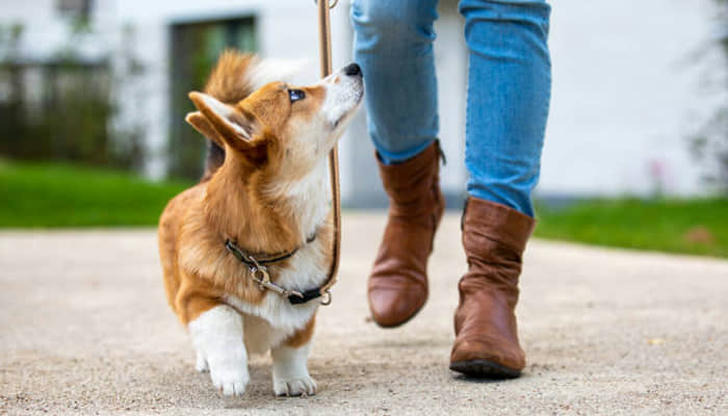
Common Pitfalls (And How Americans Say They Fixed Them)
- Overtraining: One owner shared that long drilling sessions just made their dog zone out. Solution? Keep sessions under 10 minutes, especially for younger dogs
- Inconsistent signals: Family members using different cues led to confusion. The fix was writing cues on a fridge chart so everyone used the same words
- Reward timing: If you give the treat too late, your dog might think they're being rewarded for the wrong thing. Quick timing matters
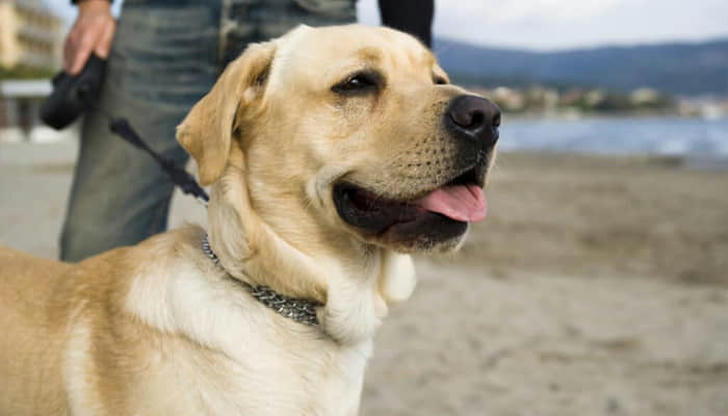
Everyday Scenarios to Reinforce Alertness
You don't need fancy equipment to practice. Try weaving training into your daily life:
- Doorbell practice: Instead of barking like crazy, teach your dog to sit and look at you when the bell rings
- Car rides: Ask for "watch me" at red lights
- Yard time: When your dog notices a squirrel, use the alert cue, then reward once they turn back to you
Little repetitions add up, and soon your pup will naturally look to you in all kinds of situations.
Final Thoughts: Alert Dogs Are Happy Dogs
Training your dog to be alert isn't about turning them into a robot---it's about harnessing their natural instincts in a way that strengthens your bond. American dog owners often describe the "aha moment" as the instant their dog looks at them, waiting for direction, instead of spiraling into distraction. It's a powerful feeling of connection.
So grab a pocketful of treats, a cheerful voice, and a bit of patience. Whether you're preparing for agility trials, weekend races, or just smoother neighborhood walks, teaching your dog to "peep" with focus and calmness is a skill that pays off for life.
